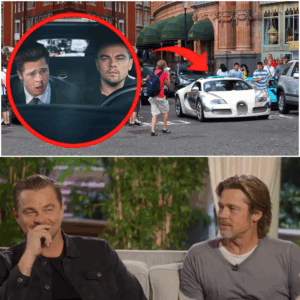With The Fantastic Four joining the MCU soon, audiences may be looking back on the earlier live-action movies, and noticing some harsh realities.
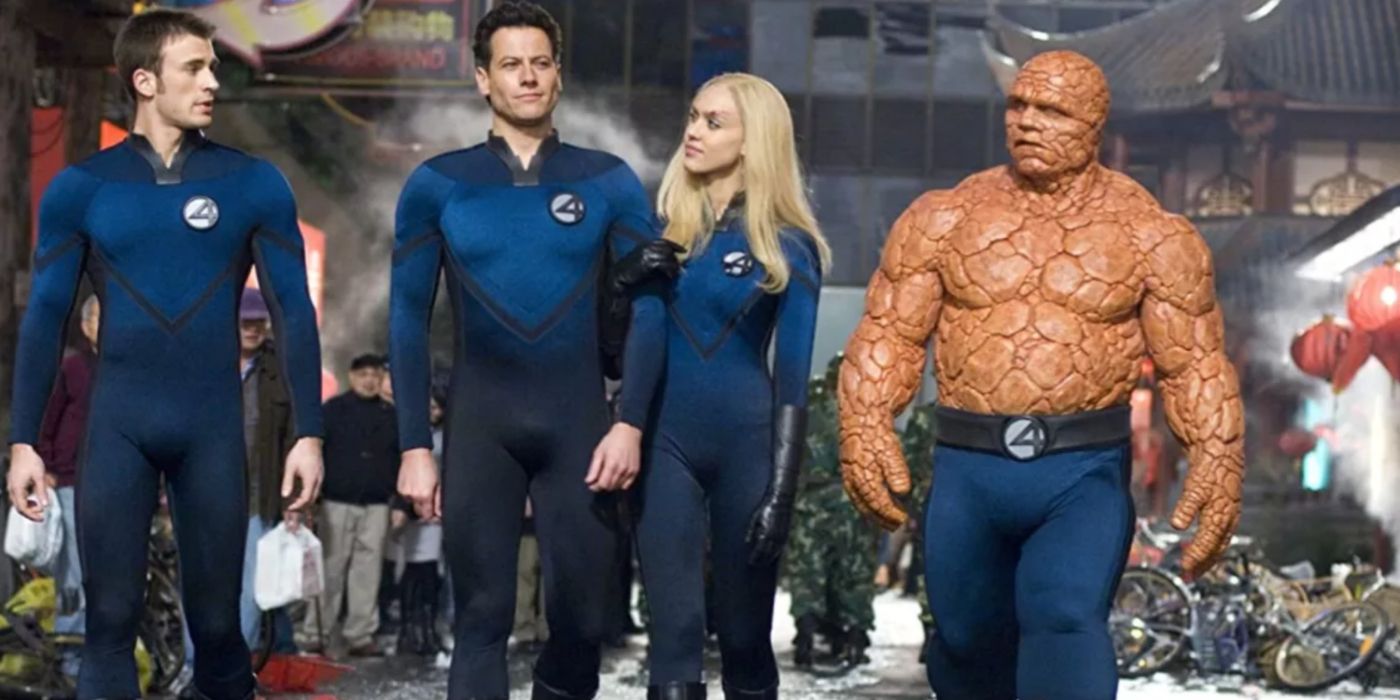
As excitement builds for The Fantastic Four, Marvel fans may be tempted to look back at the previous live-action versions of the team, but some harsh realities are awaiting them if they do. Though Fantastic Four and Fantastic Four: Rise of the Silver Surfer do have a few enjoyable moments, like Chris Evans’ wonderfully arrogant Johnny Storm, they are few and far between. Many audiences already failed to connect with these movies the first time around, and age hasn’t exactly been kind to them in many regards.
Some of the issues with Fantastic Four and its sequel are more evident now that the MCU timeline has raised the standards for what audiences expect from a superhero movie. These movies were a lot more cartoony, though they lacked some of the depth of superhero movies with a similarly campy tone, like Sam Raimi’s Spider-Man. There are also just some aspects that have aged poorly and are more noticeable to modern audiences who are more discerning about certain media trends, such as the way the movies treat Sue Storm.
10. Victor Von Doom Is Too Generic A Villain
Doctor Doom Is Played By Julian McMahon In Fantastic Four (2005) And Fantastic Four: Rise Of The Silver Surfer (2007)
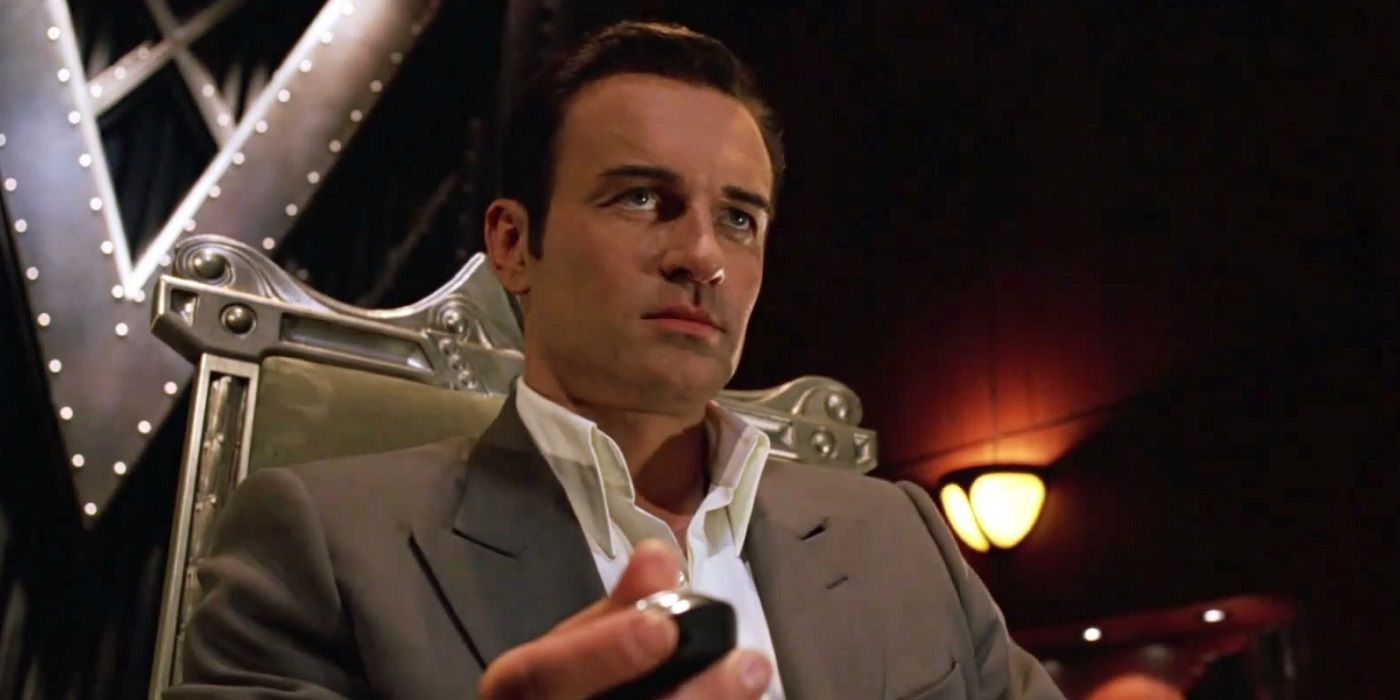
In Fantastic Four, Victor von Doom feels less like a supervillain and more like the rival from a romantic comedy for the first chunk of the movie. He seems to even have an okay enough relationship with the Storms and even Ben Grimm earlier in the movie. Because he was set up as more of a jerk than anything else, when he finally does go full supervillain, he seems like a completely different character.
Part of the problem is that Fantastic Four strips away a lot of the character’s personal history. He is no longer a brilliant scientist in search of a way to save his mother’s soul from Mephisto like in Marvel Comics, but instead more of an arrogant rich guy stereotype. Doom’s hatred for Reed also seems more motivated by their love triangle with Sue Storm than anything else, though Doom is far from the character who gets treated the worst because of this plotline.
9. Sue Storm Is Defined By Her Romantic Relationships
Sue Storm Is Paired With Both Doctor Doom And Mister Fantastic In Fantastic Four (2005)
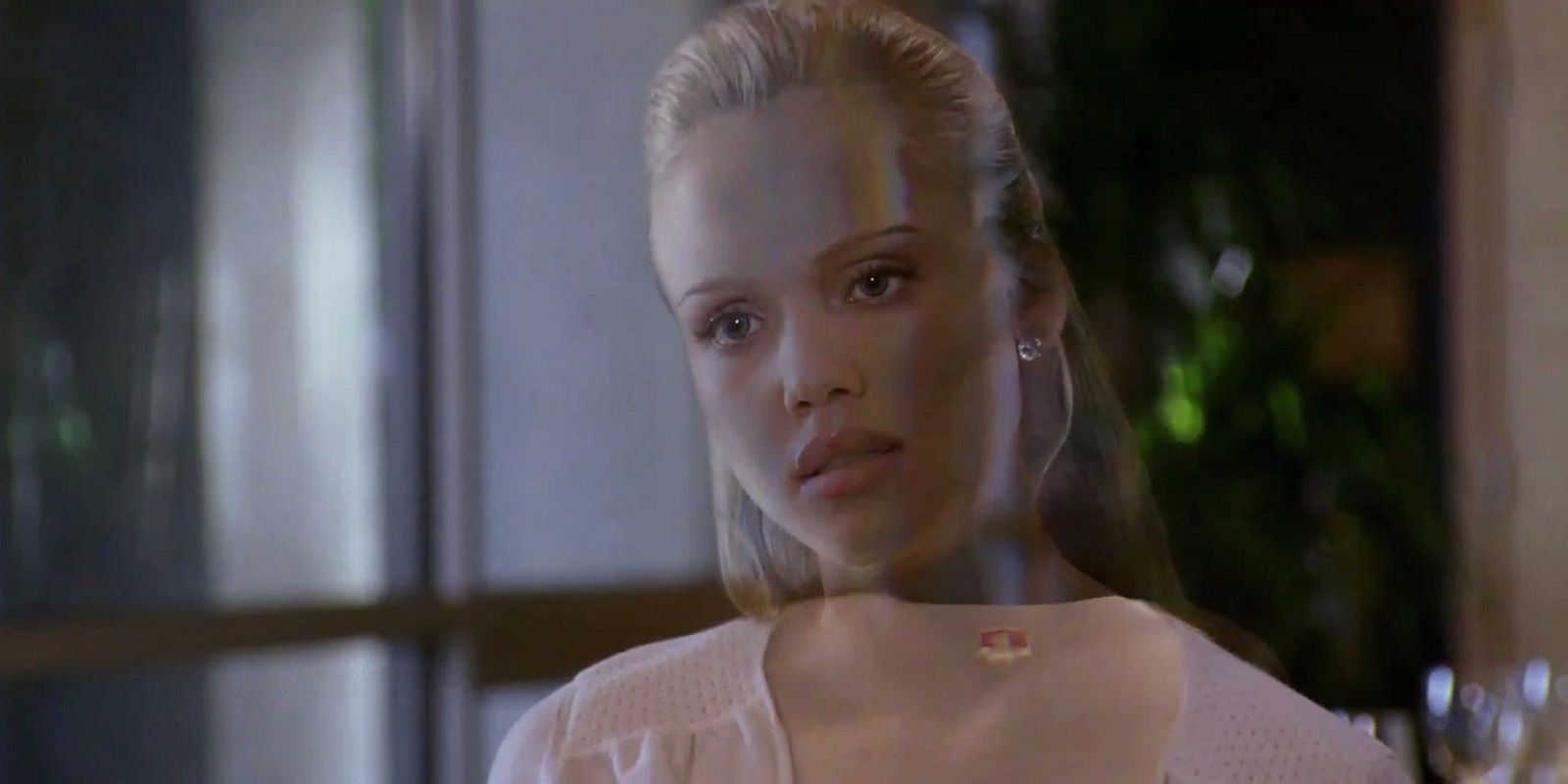
Marvel Comics’ original depiction of Sue Storm is one that still sees much critical reception to this day. That said, the comics started in the 1960s, so there’s a reasonable expectation that movies made in the 2000s would have made some positive steps forward concerning her character. Unfortunately, this is not the case in Fantastic Four.
Sue Storm’s story in Fantastic Four is completely focused on her relationships with Reed Richards and Victor von Doom. Even one of Johnny Storm’s first lines about his sister is discussing her choosing between Reed and Victor. Sue is rarely seen doing anything by or for herself. Instead, she is either shackled to one of her potential love interests or being forced to act like the mother figure of The Fantastic Four and break up fights between Johnny and Ben. This leaves Sue being defined by the men around her and never getting to be her own person.
8. Fantastic Four Doesn’t Pass The Bechdel-Wallace Test Until The Final Scene
The Bechdel-Wallace Test Gets Its Name From Cartoonist Allison Bechdel And Liz Wallace
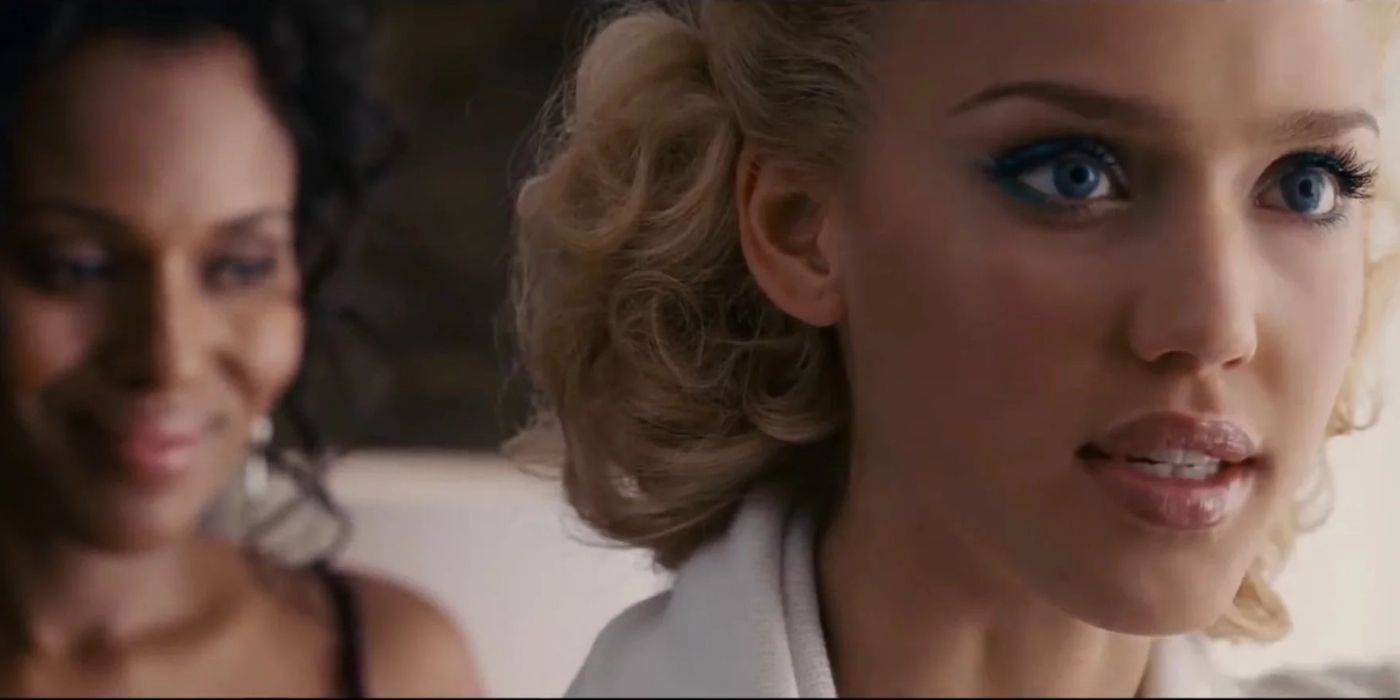
In its simplest form, the Bechdel-Wallace test is passed by any movie that contains two women who speak to each other about something that isn’t a man. While this seems like a low bar to clear, Fantastic Four doesn’t manage to do so until the final scene. Even then, this scene is simply Sue Storm and Alicia Masters exchanging a single line each about grabbing a drink. While Fantastic Four: Rise of the Silver Surfer passes the test earlier, it does not do so much more often than the first movie.
The Bechdel-Wallace test is usually only referenced to discuss how a film treats its female characters. While the test is pretty rudimentary, and originally just based on a humorous comic strip, it can be a good indication that a film is not interested in exploring its female characters outside of how they impact male characters. This is largely the case in Fantastic Four and its sequel, which is pretty disappointing for a movie that features a female superhero as one of the main characters.
7. Silver Surfer Felt Like A VFX Reel, Not A Character
The Silver Surfer Was Played By Laurence Fishburne And Doug Jones In Fantastic Four: Rise Of The Silver Surfer (2007)
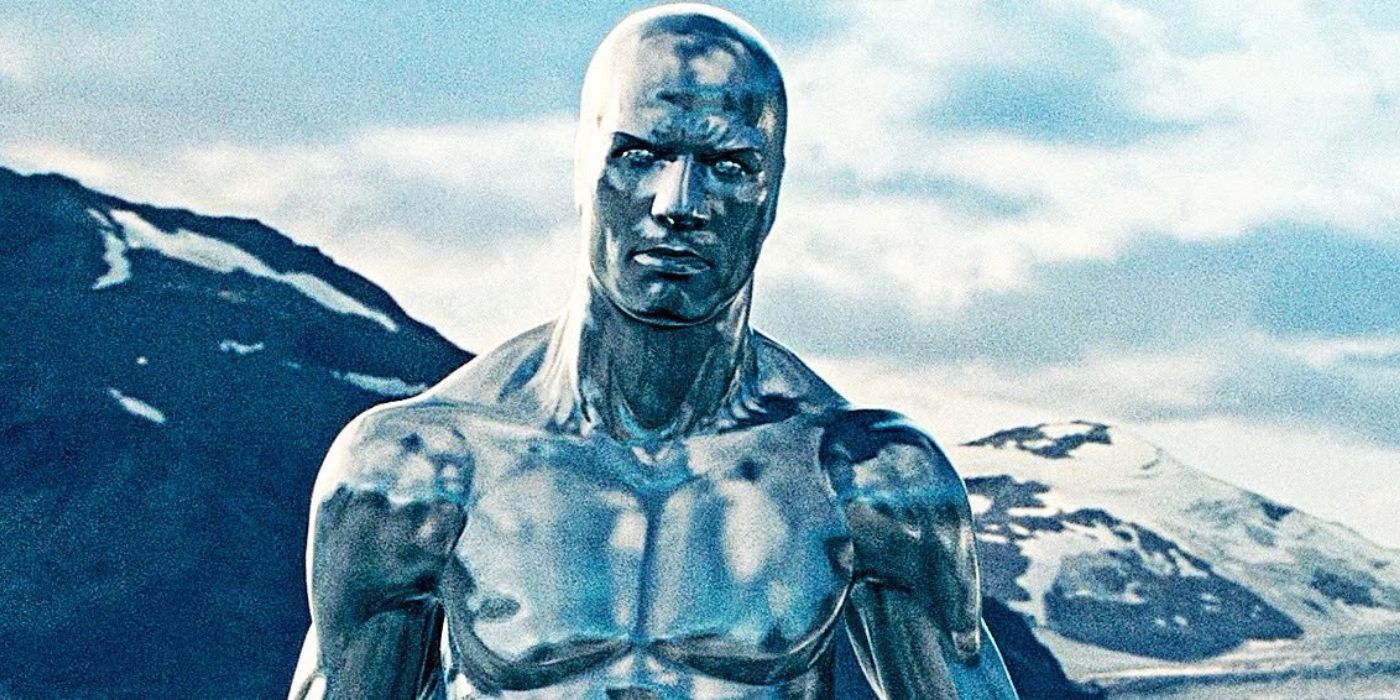
The Silver Surfer is a popular Marvel character who originated in The Fantastic Four comics. His inclusion in Fantastic Four: Rise of the Silver Surfer was therefore highly anticipated by fans who were familiar with him from the comics. Unfortunately, when the movie came out, its depiction of Silver Surfer left a lot to be desired.
For a good chunk of the early movie, the Silver Surfer barely speaks or interacts with other characters at all. Instead, he flies around the world, causing some disasters that The Fantastic Four have to help deal with. When the Surfer finally does have the chance to have a story, it is a very bare-bones version of his classic origin from Marvel Comics, only covered by a few lines of dialogue. The movie seemed more concerned with simply showing the character than actually exploring the stories that make him appealing to audiences.
6. Chris Evans Is Out Of The Superhero Game (For Now)
Chris Evans Plays Johnny Storm In In Fantastic Four (2005) And Fantastic Four: Rise Of The Silver Surfer (2007)
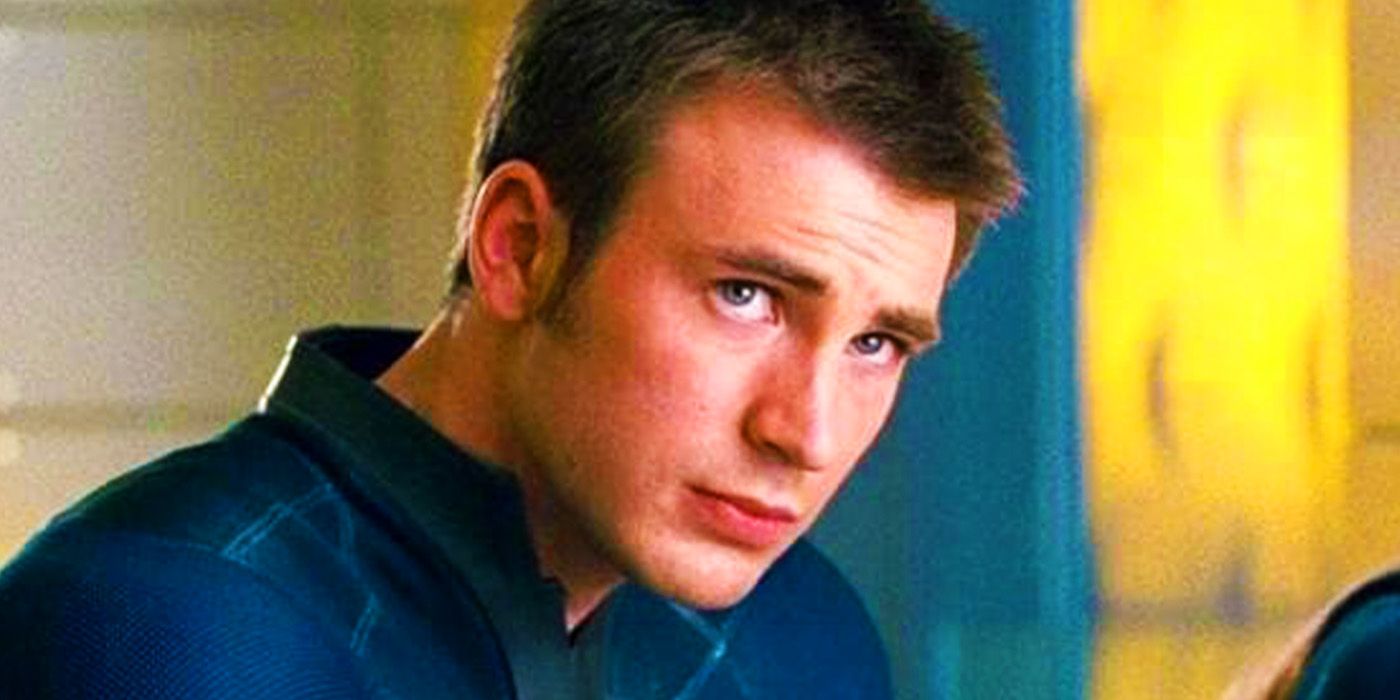
Chris Evans has tackled quite a few superhero roles, but his roles as Johnny Storm in the Fantastic Four movies and Captain America in the MCU are the ones he is best known for. Though still a far cry from his work as Steve Rogers, Chris Evans delivers a great performance as Johnny Storm aka the Human Torch, and is one of the most enjoyable elements of the 2000s Fantastic Four movies.
Though Chris Evans is a highlight of Fantastic Four and Fantastic Four: Rise of the Silver Surfer, his presence is also a harsh reminder that he is currently not slated for any future superhero appearances. Though MCU fans can hold out hope that he will return for Avengers: Secret Wars, and there’s always the chance he lands a role in the DCU reboot, as of now there is nothing official.
5. Fantastic Four Pulls Story Elements Out Of Nowhere
This Issue Is More Pronounced In Fantastic Four (2005) Than Its Sequel
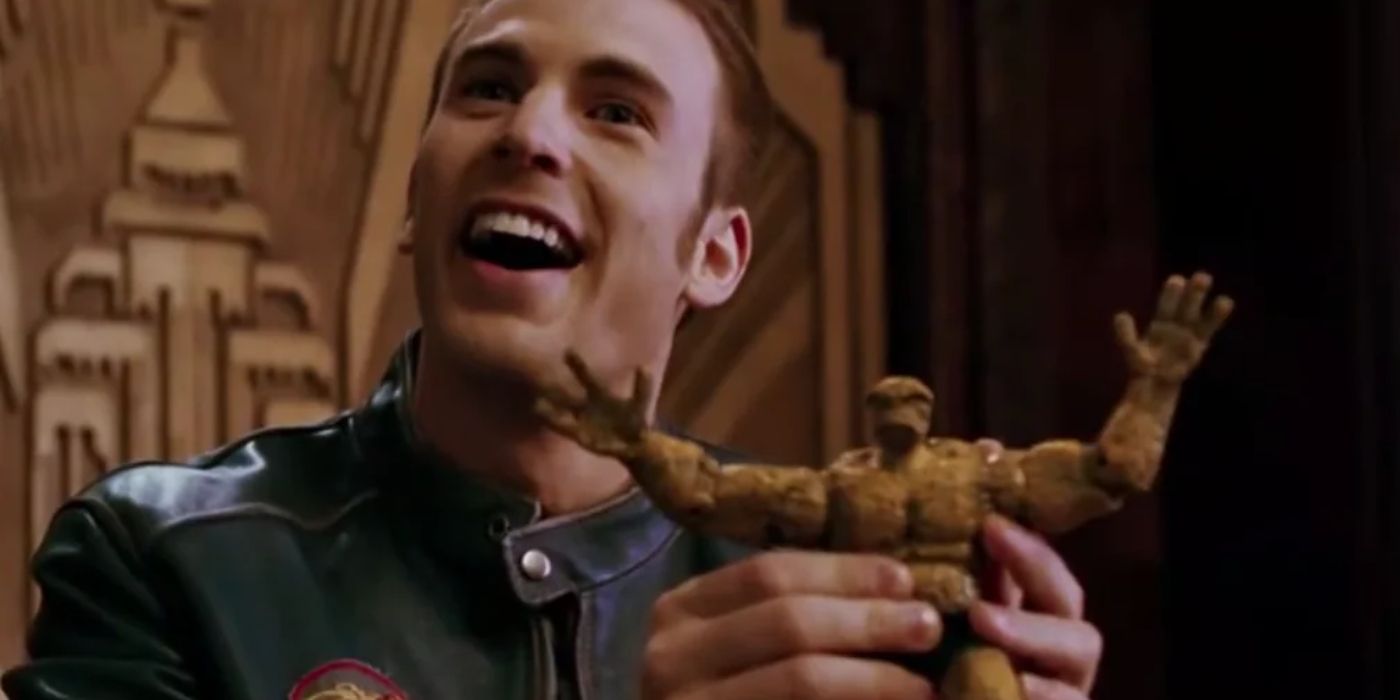
For a movie with a two-hour runtime, Fantastic Four feels strangely rushed a lot of the time. This is likely so that the movie could accommodate mostly pointless scenes of Johnny Storm skiing or doing Motocross to cash in on the popularity of extreme sports in the 2000s. Because the plot can feel rushed, some of Fantastic Four’s story elements seem to come out of nowhere.
One example is when Johnny shows up with a toy of The Thing, claiming a marketing team put it together. This is the first mention of The Fantastic Four even having a marketing team, and this part of the story never pops up again. While this is a one-off joke, and forgivable in a more cartoonish movie, it also happens with major story beats. The movie ends with Reed Richards proposing to Sue Storm even though the movie never even mentions them getting back together. With their past only loosely hinted at, it feels very rushed.
4. Both Movies Find An Excuse For Sue Storm To Get Naked
Sue Storm Is Played By Jessica Alba In Fantastic Four (2005) And Fantastic Four: Rise Of The Silver Surfer (2007)
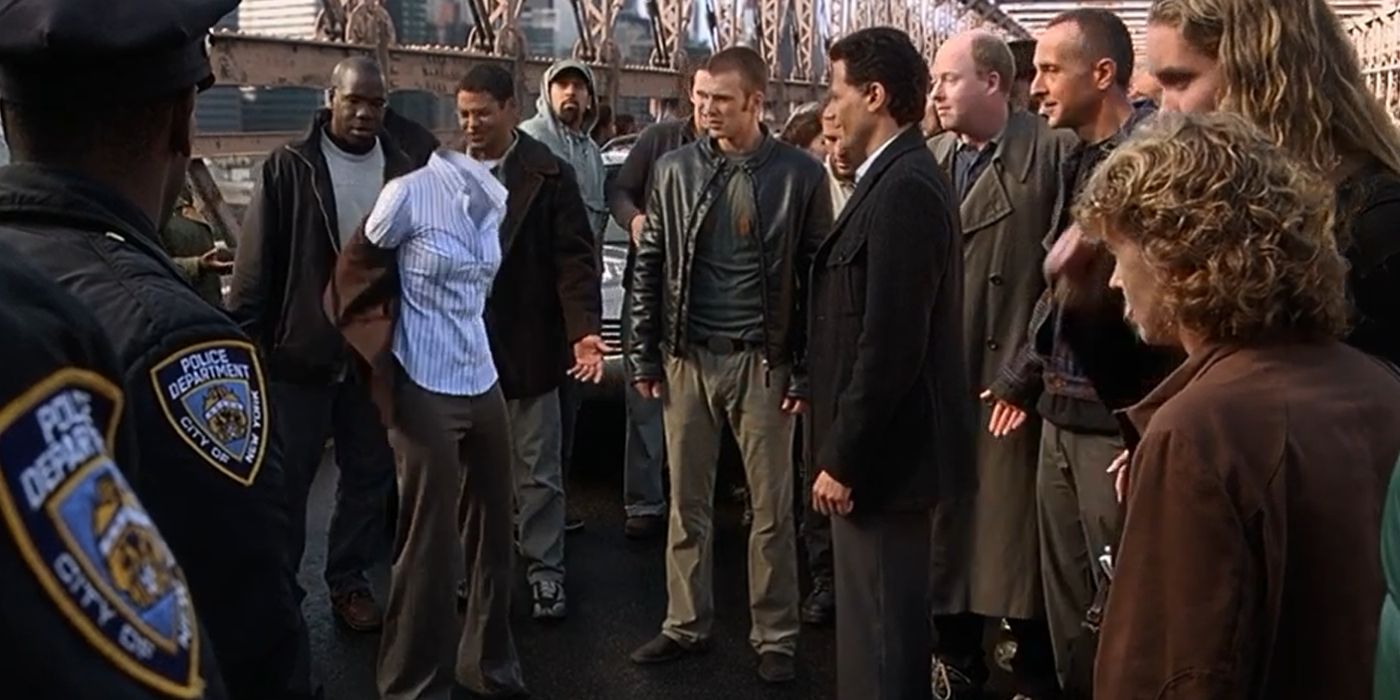
During The Fantastic Four’s first action sequence together in Fantastic Four, Reed tells Sue to become invisible to sneak past the police, who are preventing the team from reaching Ben. In the scene, Sue’s powers don’t make her clothes invisible, so she is forced to get naked. Halfway through the process, she reappears wearing only her underwear. The scene feels more than a little exploitative, especially given that Johnny and Reed somehow also sneak past the police off-screen, proving the sequence was unnecessary from a plot perspective.
Fantastic Four: Rise of the Silver Surfer also has a scene of Sue becoming publicly embarrassed due to losing her clothes. This time, it’s because she and Johnny switch powers, and her clothes burn up. More charitable reads of this scene could chalk it up as an homage or lazy rehash of the scene from the first movie, but it still feels strange that both movies felt the need to make the team’s only female character be humiliated by unwanted public nudity.
3. Doctor Doom Takes His Mask On And Off For No Real Reason
Doctor Doom Rarely Removes His Mask In Marvel Comics
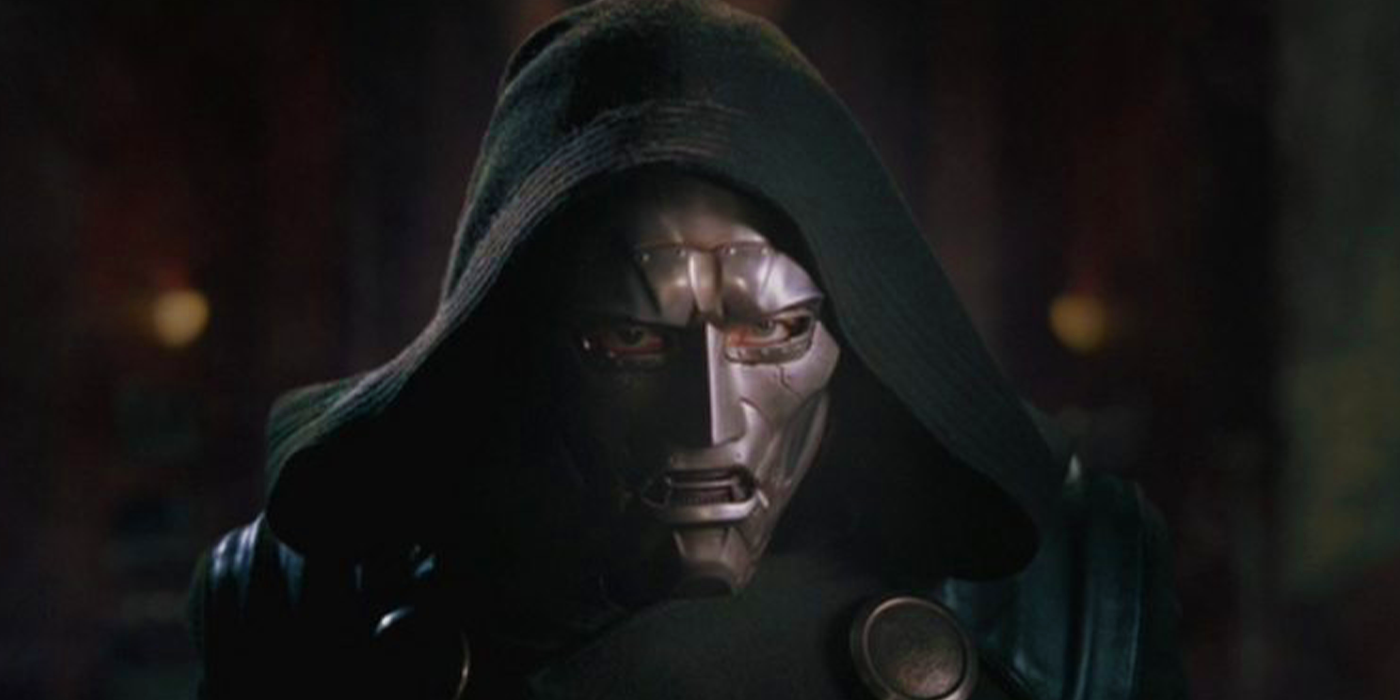
Marvel Comics has a pretty clean explanation for why Doctor Doom wears his mask: his face was scarred in an experiment gone wrong that Reed Richards warned him about. The mask serves the dual purpose of hiding both his scarred visage, and a physical reminder of a time that Reed was right and Doom was wrong. In the movie, the mask seems to mostly just be there because it was there in the comics.
In Fantastic Four, it initially seems like Doctor Doom puts on the mask because of his scar, but this also contradicts something he says to Ben earlier in the movie. Victor chides Ben for not accepting the powers given to them and seems to be fully embracing his new self. This makes it strange that Victor then almost immediately covers his face in his next scene.
This wishy-washy use of the mask is also present in the sequel. One of Doom’s first scenes is him having his mask cut off his face. However, the next time he turns up, he’s still wearing the mask. It could be argued that this was so he could keep the mask off in private, but it just seems like something that wasn’t necessary to show the audience. Later, Victor puts the mask back on, even after the Power Cosmic has healed his scars, making it seem like he just likes using the mask for no real purpose.
2. Rise Of The Silver Surfer Did More Comics Accurate Super Skrull Than The MCU
The MCU’s Version Of The Super Skrulls Appeared In Secret Invasion (2023)
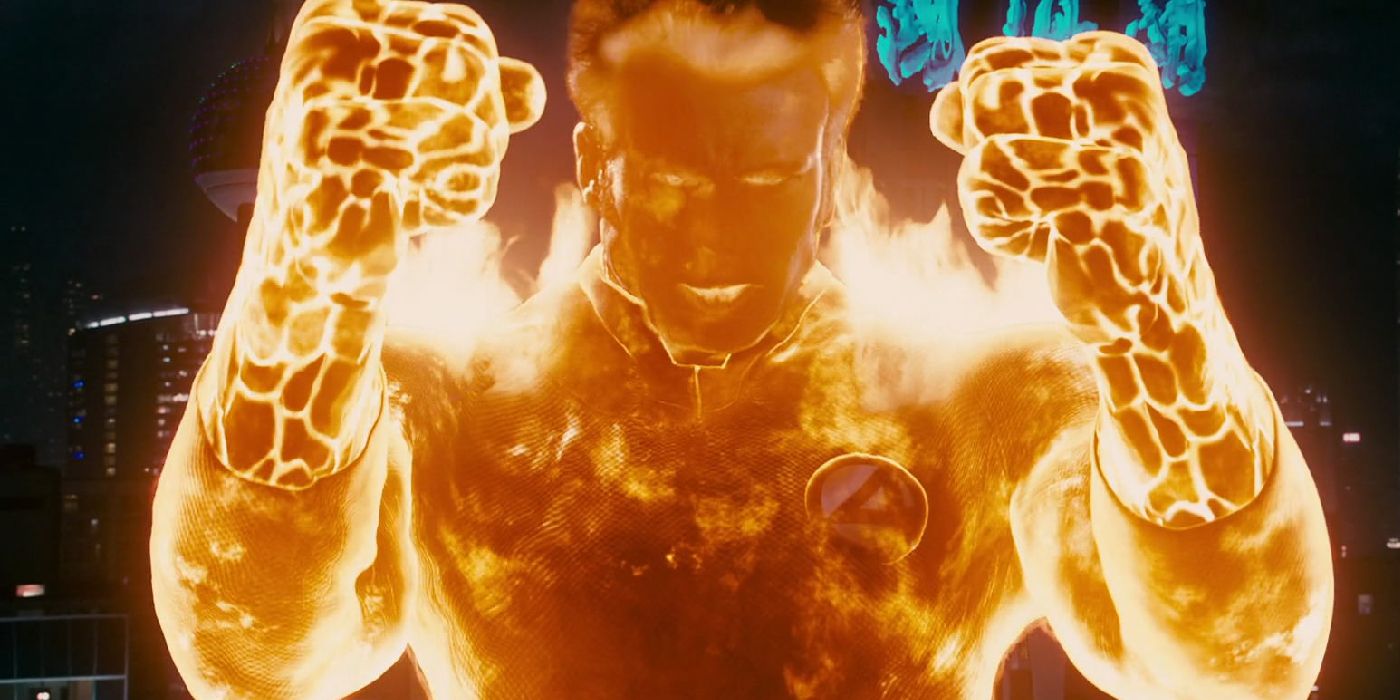
Skrulls are a race of shape-shifting aliens in Marvel Comics. A Skrull named Kl’rt became the first Super Skrull when he was given the powers of the entire Fantastic Four. Although there were no Skrulls in Fantastic Four: Rise of the Silver Surfer, the movie did pay homage to the character by having Johnny Storm absorb the powers of the whole team. This led to some classic Super Skrull moves like the Thing’s hand at the end of a stretched-out fist.
With Fantastic Four: Rise of the Silver Surfer being so poorly received, it’s a little disappointing to see that the film still managed to pull off a more accurate-looking version of the Super Skrull than the MCU. Secret Invasion had two Skrulls – Gravik and G’iah – gain Super Skrull abilities. However, because The Fantastic Four haven’t joined the MCU yet, they instead had the powers of different Avengers. Apart from not having the same iconic moves as the original Super Skrull, the MCU version was heavily criticized for its subpar VFX.
1. Reed Richards’ Money Troubles Don’t Make Sense
Fantastic Four (2005) Sets Up Reed Richards As Being Bankrupt
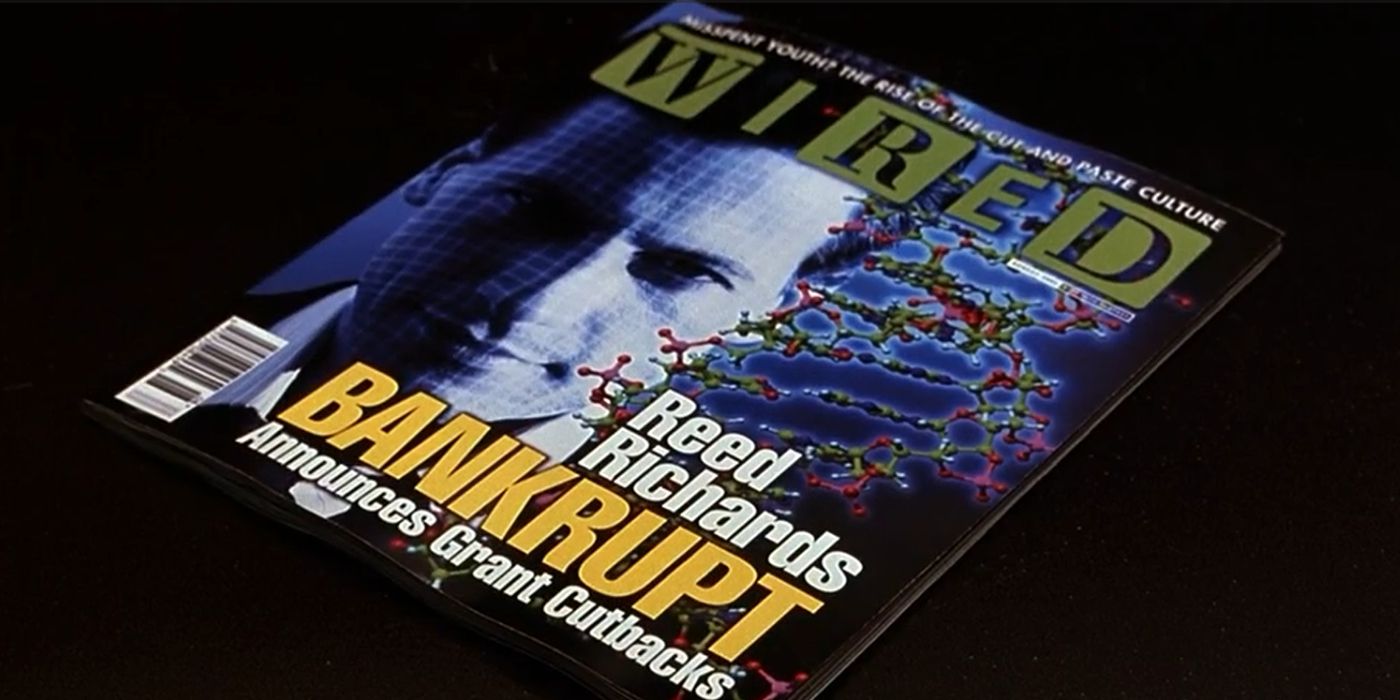
In Fantastic Four, Reed Richards is forced to go to Victor von Doom for money to fund his research. It is shown that Reed recently declared bankruptcy, and later Reed is given a stack of unpaid bills by a mail carrier – which is also the film’s Stan Lee cameo. This seems to be setting up a storyline about Reed needing to find money, but nothing ever comes of it, despite the movie not explaining how the team generates revenue. This makes even less sense considering Reed’s apartment.
Reed lives on the top floor of the Baxter Building in Manhattan, with the entire top two stories of the building seemingly belonging to him. His apartment is also full of state-of-the-art equipment that he uses to run experiments on the team. It seems pretty hard to believe that this is a man who supposedly doesn’t have any money – and how exactly Reed’s fortune either suddenly changed or otherwise allowed him all this while still broke isn’t directly addressed. Hopefully, this and other strange world-building elements can be smoothed out in The Fantastic Four when it releases in 2025.
